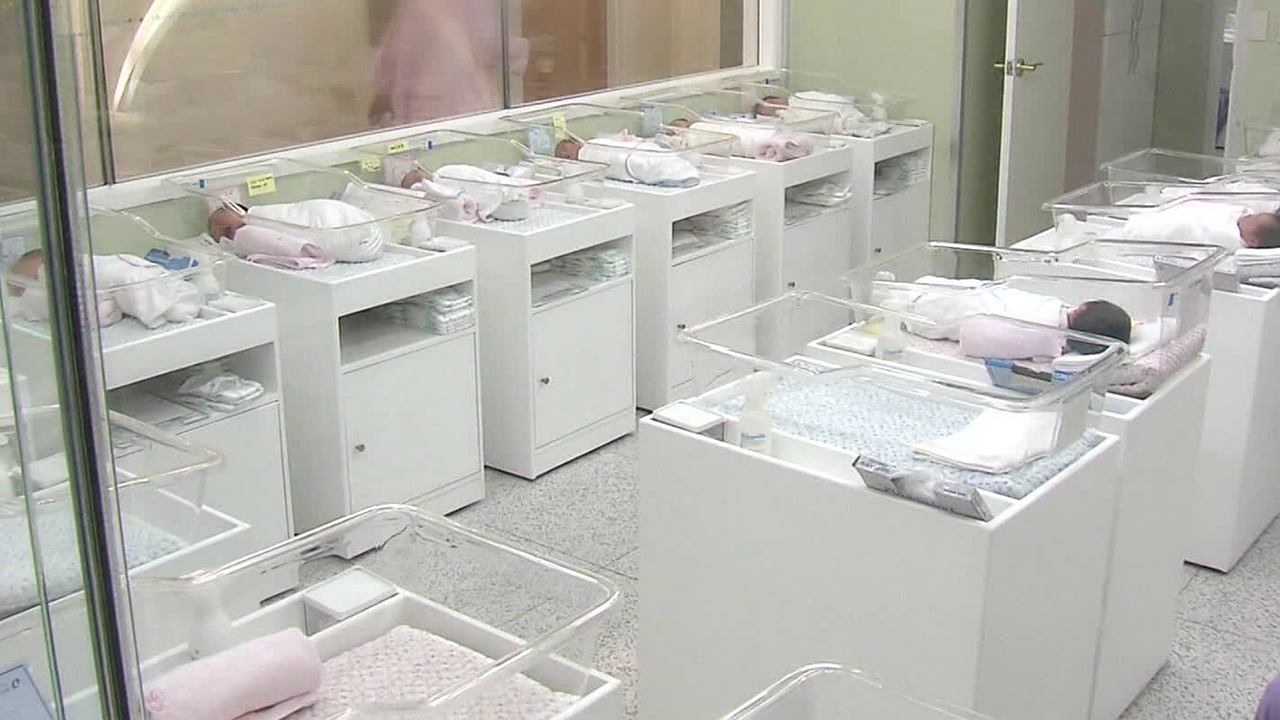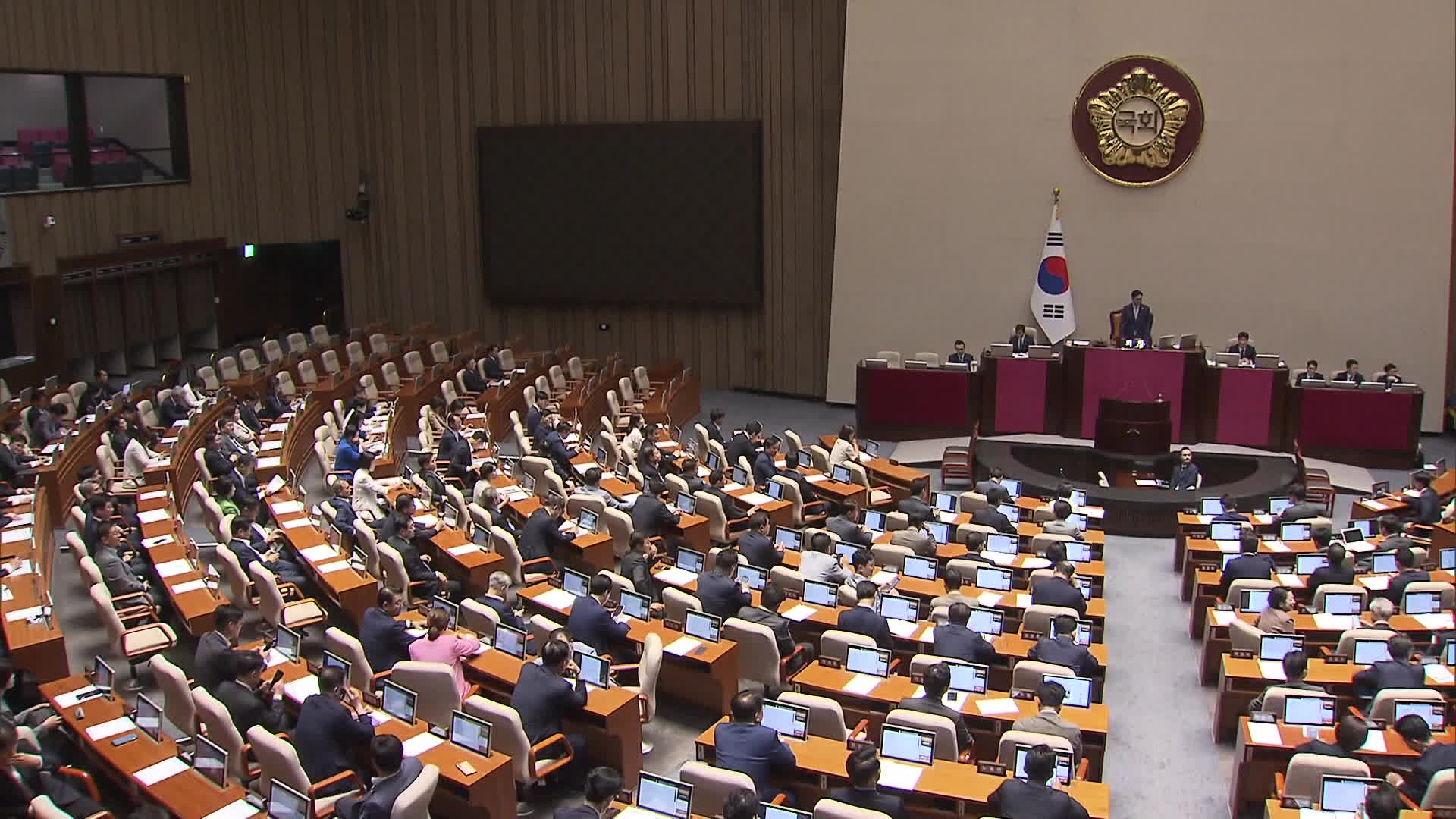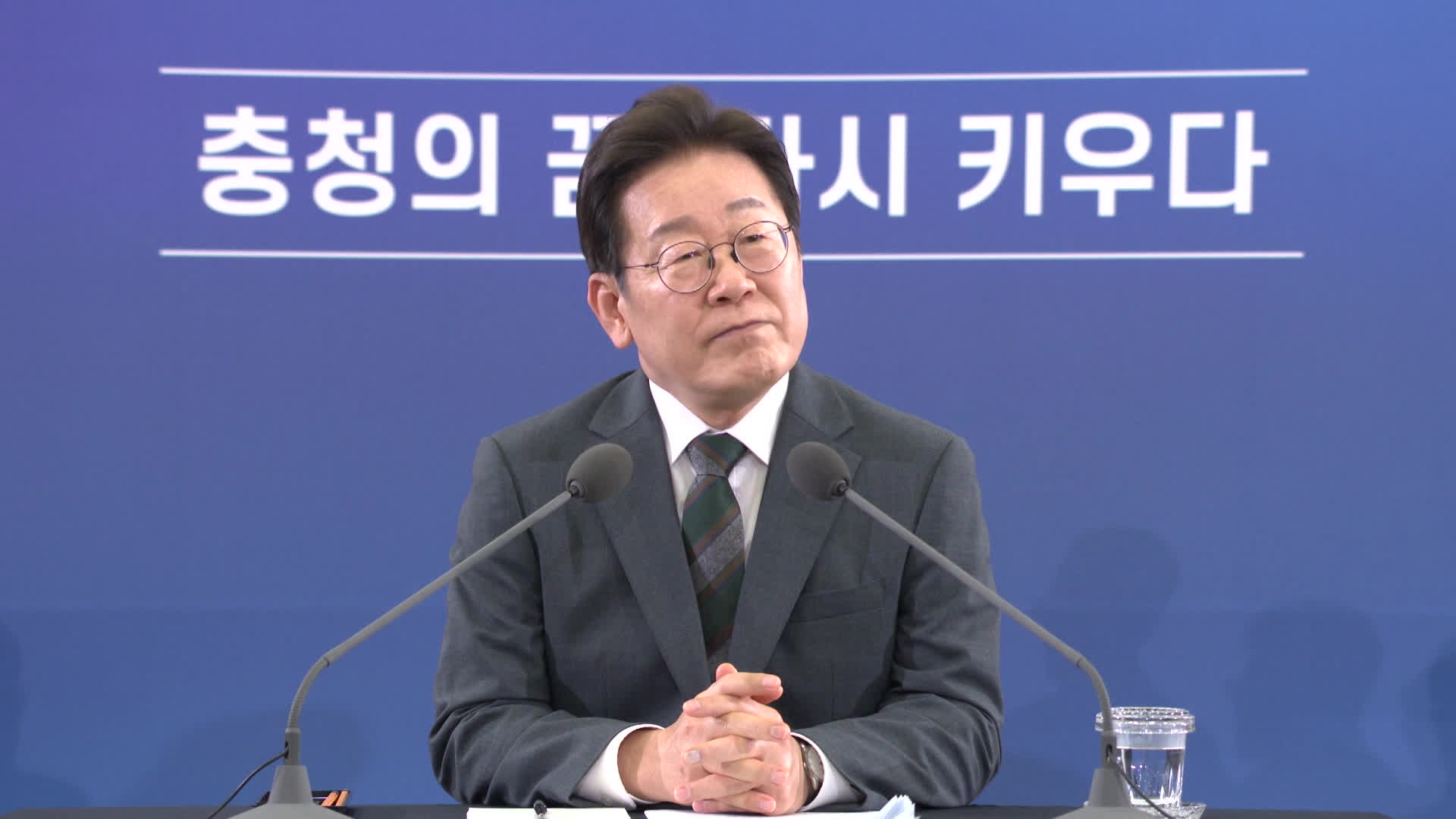1.4 out of 10 children born from infertility treatments: changes in policy support
입력 2024.10.09 (00:20)
읽어주기 기능은 크롬기반의
브라우저에서만 사용하실 수 있습니다.
[Anchor]
KBS is delivering a series of reports diagnosing the low birth rate crisis and exploring solutions.
This week, we covered the issue of infertility faced by those who want to have children but are experiencing difficulties.
Thanks to the continuous support from the central and local governments, it has recently been reported that about 15% of newborns born in Seoul are the result of infertility treatments.
What kind of support can be received? Reporter Hwang Hyun-kyu has the details.
[Report]
Mrs. Kim Seong-sook gave birth to her first child after 8 years of marriage.
She was able to have a child after undergoing infertility treatment for two and a half years.
[Mrs. Kim Seong-sook: "I am just so grateful and thankful that the child has come to us. I know how precious a child is, so my mindset is different when raising them."]
Three years later, she gave birth to her second child.
She says she felt empowered by the news that the support for infertility has expanded, reducing her financial burden.
[Mrs. Kim Seong-sook: "When I had my first child, there was no health insurance for infertility treatments. When I decided to have my second child, I was able to receive health insurance coverage, and the costs were somewhat lower than before..."]
As the timing of marriage and childbirth continues to be delayed, the number of infertility cases is also on the rise.
The government's infertility support programs and their targets are also increasing, and especially since this year, when a population emergency was declared, there are many points to pay attention to.
Starting next month, the health insurance coverage for infertility treatments, which was limited to 25 times per couple, will change to be based on the number of children rather than the couple.
This has reduced the financial burden of infertility treatments for second and third births.
Previously, when receiving treatment after the age of 45, the out-of-pocket expense was high, but this age limit will also be removed.
Infertility leave will also increase from 3 days to 6 days starting next year.
Additionally, to allow for early detection of infertility, mandatory fertility tests for unmarried and married young people will be supported up to three times.
Some local governments are providing support for traditional infertility treatments, counseling programs, and male infertility treatment costs.
However, the awareness of infertility support policies is not high, standing at around 30-40%.
If one is well-informed about and utilizes infertility support, it can help with childbirth.
As of this year, the proportion of newborns born from infertility treatments in Seoul is 14.6%, meaning that one in seven newborns is born as a result of infertility treatments.
This is KBS News, Hwang Hyun-kyu.
KBS is delivering a series of reports diagnosing the low birth rate crisis and exploring solutions.
This week, we covered the issue of infertility faced by those who want to have children but are experiencing difficulties.
Thanks to the continuous support from the central and local governments, it has recently been reported that about 15% of newborns born in Seoul are the result of infertility treatments.
What kind of support can be received? Reporter Hwang Hyun-kyu has the details.
[Report]
Mrs. Kim Seong-sook gave birth to her first child after 8 years of marriage.
She was able to have a child after undergoing infertility treatment for two and a half years.
[Mrs. Kim Seong-sook: "I am just so grateful and thankful that the child has come to us. I know how precious a child is, so my mindset is different when raising them."]
Three years later, she gave birth to her second child.
She says she felt empowered by the news that the support for infertility has expanded, reducing her financial burden.
[Mrs. Kim Seong-sook: "When I had my first child, there was no health insurance for infertility treatments. When I decided to have my second child, I was able to receive health insurance coverage, and the costs were somewhat lower than before..."]
As the timing of marriage and childbirth continues to be delayed, the number of infertility cases is also on the rise.
The government's infertility support programs and their targets are also increasing, and especially since this year, when a population emergency was declared, there are many points to pay attention to.
Starting next month, the health insurance coverage for infertility treatments, which was limited to 25 times per couple, will change to be based on the number of children rather than the couple.
This has reduced the financial burden of infertility treatments for second and third births.
Previously, when receiving treatment after the age of 45, the out-of-pocket expense was high, but this age limit will also be removed.
Infertility leave will also increase from 3 days to 6 days starting next year.
Additionally, to allow for early detection of infertility, mandatory fertility tests for unmarried and married young people will be supported up to three times.
Some local governments are providing support for traditional infertility treatments, counseling programs, and male infertility treatment costs.
However, the awareness of infertility support policies is not high, standing at around 30-40%.
If one is well-informed about and utilizes infertility support, it can help with childbirth.
As of this year, the proportion of newborns born from infertility treatments in Seoul is 14.6%, meaning that one in seven newborns is born as a result of infertility treatments.
This is KBS News, Hwang Hyun-kyu.
■ 제보하기
▷ 카카오톡 : 'KBS제보' 검색, 채널 추가
▷ 전화 : 02-781-1234, 4444
▷ 이메일 : kbs1234@kbs.co.kr
▷ 유튜브, 네이버, 카카오에서도 KBS뉴스를 구독해주세요!
- 1.4 out of 10 children born from infertility treatments: changes in policy support
-
- 입력 2024-10-09 00:19:59

[Anchor]
KBS is delivering a series of reports diagnosing the low birth rate crisis and exploring solutions.
This week, we covered the issue of infertility faced by those who want to have children but are experiencing difficulties.
Thanks to the continuous support from the central and local governments, it has recently been reported that about 15% of newborns born in Seoul are the result of infertility treatments.
What kind of support can be received? Reporter Hwang Hyun-kyu has the details.
[Report]
Mrs. Kim Seong-sook gave birth to her first child after 8 years of marriage.
She was able to have a child after undergoing infertility treatment for two and a half years.
[Mrs. Kim Seong-sook: "I am just so grateful and thankful that the child has come to us. I know how precious a child is, so my mindset is different when raising them."]
Three years later, she gave birth to her second child.
She says she felt empowered by the news that the support for infertility has expanded, reducing her financial burden.
[Mrs. Kim Seong-sook: "When I had my first child, there was no health insurance for infertility treatments. When I decided to have my second child, I was able to receive health insurance coverage, and the costs were somewhat lower than before..."]
As the timing of marriage and childbirth continues to be delayed, the number of infertility cases is also on the rise.
The government's infertility support programs and their targets are also increasing, and especially since this year, when a population emergency was declared, there are many points to pay attention to.
Starting next month, the health insurance coverage for infertility treatments, which was limited to 25 times per couple, will change to be based on the number of children rather than the couple.
This has reduced the financial burden of infertility treatments for second and third births.
Previously, when receiving treatment after the age of 45, the out-of-pocket expense was high, but this age limit will also be removed.
Infertility leave will also increase from 3 days to 6 days starting next year.
Additionally, to allow for early detection of infertility, mandatory fertility tests for unmarried and married young people will be supported up to three times.
Some local governments are providing support for traditional infertility treatments, counseling programs, and male infertility treatment costs.
However, the awareness of infertility support policies is not high, standing at around 30-40%.
If one is well-informed about and utilizes infertility support, it can help with childbirth.
As of this year, the proportion of newborns born from infertility treatments in Seoul is 14.6%, meaning that one in seven newborns is born as a result of infertility treatments.
This is KBS News, Hwang Hyun-kyu.
KBS is delivering a series of reports diagnosing the low birth rate crisis and exploring solutions.
This week, we covered the issue of infertility faced by those who want to have children but are experiencing difficulties.
Thanks to the continuous support from the central and local governments, it has recently been reported that about 15% of newborns born in Seoul are the result of infertility treatments.
What kind of support can be received? Reporter Hwang Hyun-kyu has the details.
[Report]
Mrs. Kim Seong-sook gave birth to her first child after 8 years of marriage.
She was able to have a child after undergoing infertility treatment for two and a half years.
[Mrs. Kim Seong-sook: "I am just so grateful and thankful that the child has come to us. I know how precious a child is, so my mindset is different when raising them."]
Three years later, she gave birth to her second child.
She says she felt empowered by the news that the support for infertility has expanded, reducing her financial burden.
[Mrs. Kim Seong-sook: "When I had my first child, there was no health insurance for infertility treatments. When I decided to have my second child, I was able to receive health insurance coverage, and the costs were somewhat lower than before..."]
As the timing of marriage and childbirth continues to be delayed, the number of infertility cases is also on the rise.
The government's infertility support programs and their targets are also increasing, and especially since this year, when a population emergency was declared, there are many points to pay attention to.
Starting next month, the health insurance coverage for infertility treatments, which was limited to 25 times per couple, will change to be based on the number of children rather than the couple.
This has reduced the financial burden of infertility treatments for second and third births.
Previously, when receiving treatment after the age of 45, the out-of-pocket expense was high, but this age limit will also be removed.
Infertility leave will also increase from 3 days to 6 days starting next year.
Additionally, to allow for early detection of infertility, mandatory fertility tests for unmarried and married young people will be supported up to three times.
Some local governments are providing support for traditional infertility treatments, counseling programs, and male infertility treatment costs.
However, the awareness of infertility support policies is not high, standing at around 30-40%.
If one is well-informed about and utilizes infertility support, it can help with childbirth.
As of this year, the proportion of newborns born from infertility treatments in Seoul is 14.6%, meaning that one in seven newborns is born as a result of infertility treatments.
This is KBS News, Hwang Hyun-kyu.
-
-

황현규 기자 help@kbs.co.kr
황현규 기자의 기사 모음
-
이 기사가 좋으셨다면
-
좋아요
0
-
응원해요
0
-
후속 원해요
0













![[단독] “이 대통령, 주요국에 특사파견 예정…미·일 특사 막판 조율”](/data/layer/904/2025/07/20250704_DNItCk.jpg)

이 기사에 대한 의견을 남겨주세요.